Nepal erupts in deadly protests over social media ban and corruption allegations
At least 19 people were killed and over 100 injured on Monday in Nepal’s deadliest unrest in decades, as mass protests against a government-imposed social media ban and long-standing corruption issues spiraled into violence across the country.
In the capital Kathmandu, thousands of mostly young protesters, many still in school or college uniforms, clashed with security forces as they attempted to breach the parliament compound. Police responded with tear gas, rubber bullets, batons, and water cannons.
Eyewitnesses claimed that police fired indiscriminately, with one protester saying a bullet narrowly missed him but injured his friend.
Protesters set fire to an ambulance and hurled objects at riot police guarding the legislature. In the eastern city of Itahari, two people died when demonstrations turned violent. Similar protests also erupted in Biratnagar, Bharatpur, and Pokhara.
Police officer Shekhar Khanal confirmed that more than 100 people, including 28 police personnel, were receiving medical treatment. Protesters were seen transporting the wounded to hospitals on motorcycles.
The unrest was triggered by the government’s decision last week to block access to major social media platforms, including Facebook. Officials said the ban was intended to curb misuse, such as the spread of hate speech, misinformation, and online fraud, citing non-compliance by tech platforms with new registration rules.
However, the move sparked outrage, especially among the youth, with demonstrators carrying placards reading:
• “Shut down corruption, not social media”
• “Unban social media”
• “Youths against corruption”
The protests dubbed the “Gen Z Movement” by organizers are being seen as a manifestation of growing public frustration with corruption, nepotism, economic stagnation, and the government’s perceived failure to create jobs and opportunities.
In response to the violence, Nepal’s Home Minister Ramesh Lekhak resigned, taking “moral responsibility” for the deteriorating situation, according to government sources.
Meanwhile, Prime Minister K.P. Sharma Oli convened an emergency cabinet meeting.
The army was deployed in sensitive areas around the parliament, but by evening, the intensity of clashes had subsided, although demonstrators continued to occupy protest sites.
International watchdog Human Rights Watch called for restraint, urging the government to avoid viewing the protests strictly as a law-and-order issue. “Nonviolent means should be utilized before resorting to force,” it said in a statement, calling the unrest a reflection of deeper grievances.
Nepal has experienced chronic political instability since it transitioned to a republic in 2008. Since then, 14 governments have taken office, none of which have completed a full five-year term. Despite claims of economic recovery by the Oli administration, disillusionment is widespread especially among the youth, thousands of whom leave Nepal each year in search of work or education abroad.
Former finance secretary Rameshwore Khanal noted that while job creation remains insufficient, public anger is primarily driven by discontent with government appointments and its failure to tackle corruption.
The social media ban comes amid a global trend of increasing government regulation over digital platforms. While authorities cite concerns like misinformation and national security, critics argue such actions risk undermining free expression.
As Nepal grapples with the fallout of Monday’s violence, the nation’s young protesters have made one thing clear: they are no longer willing to stay silent.
For the latest news, follow us on Twitter @Aaj_Urdu. We are also on Facebook, Instagram and YouTube.


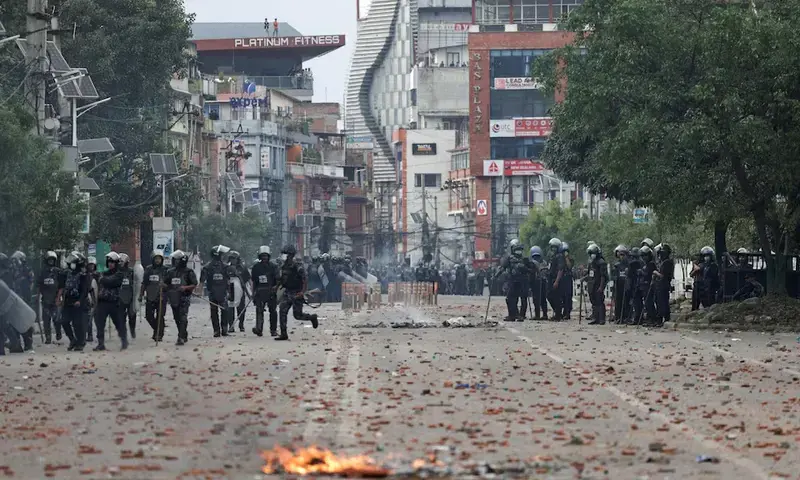

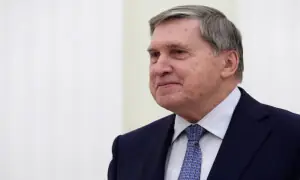
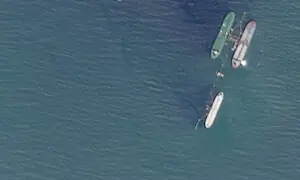

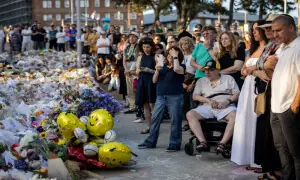
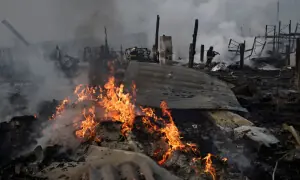
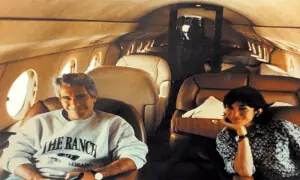
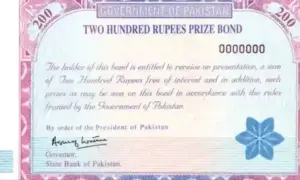
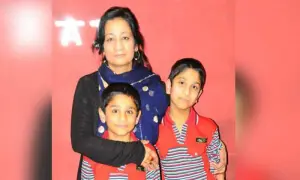
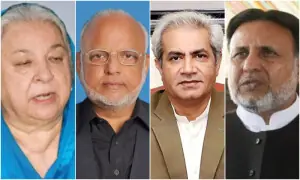
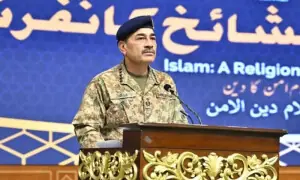
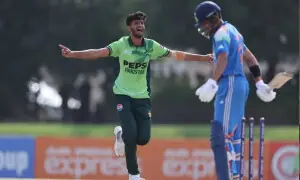
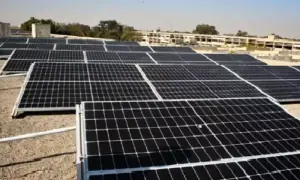
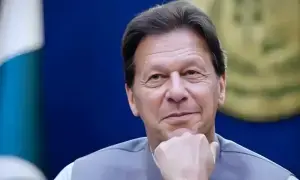
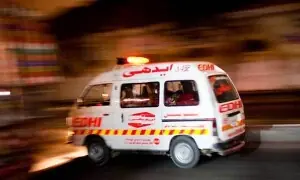
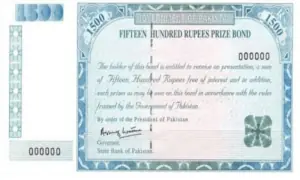


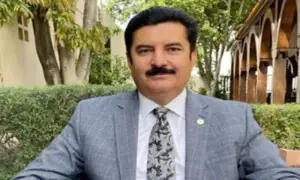
Comments are closed on this story.